Maintaining a clean home doesn’t have to feel like climbing Mount Everest. The secret to a consistently tidy living space isn’t marathon cleaning sessions that leave you exhausted and resentful. Instead, success lies in creating a sustainable routine that breaks cleaning tasks into manageable daily chunks. A well-designed weekly cleaning schedule transforms overwhelming housework into an achievable part of everyday life.
By distributing tasks throughout the week and matching them to your natural energy levels and available time, you can maintain a clean home without the stress. This article presents a realistic approach to keeping your living space fresh and organized, with practical tips for customizing a schedule that works for your unique lifestyle and home.
Understanding Why Traditional Cleaning Schedules Fail
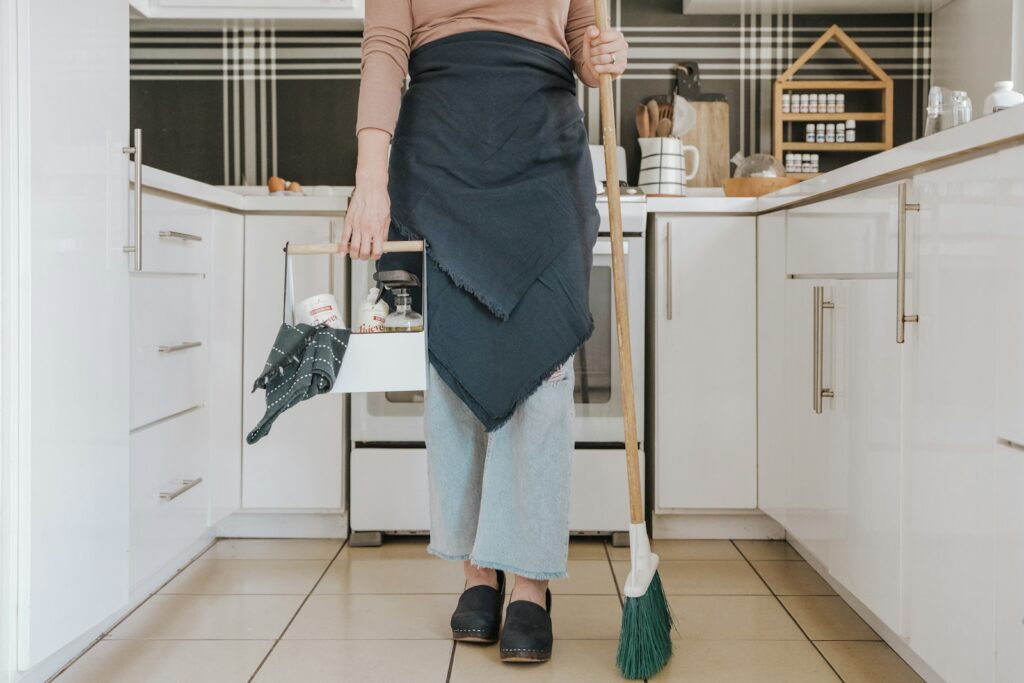
Many people approach cleaning with an all-or-nothing mindset that ultimately sets them up for failure. They attempt to tackle every cleaning task in one exhausting day, quickly becoming overwhelmed and abandoning the effort entirely. Others create elaborate cleaning schedules packed with daily tasks that look impressive on paper but prove impossible to maintain in real life.
Traditional approaches often fail to account for varying energy levels, unexpected life events, and the psychological reality that motivation fluctuates. Additionally, these rigid schedules rarely consider personal priorities or the specific needs of different household members, leading to resentment and eventual abandonment of the cleaning routine altogether.
The Core Principles of a Sustainable Cleaning Schedule

A truly doable cleaning schedule operates on several key principles that set it apart from unrealistic approaches. First, it distributes tasks throughout the week rather than concentrating them into a single cleaning day, preventing burnout and making the overall workload feel manageable. Second, it prioritizes tasks based on what genuinely impacts your quality of life – focusing on high-traffic areas that affect daily comfort before tackling rarely-seen spaces.
Third, it builds in flexibility to accommodate real-life disruptions without derailing your entire system. Fourth, a sustainable schedule incorporates “minimum viable cleaning” standards that maintain basic hygiene and order even during your busiest weeks, ensuring you never feel like you’re starting from scratch.
Essential Daily Habits That Prevent Buildup
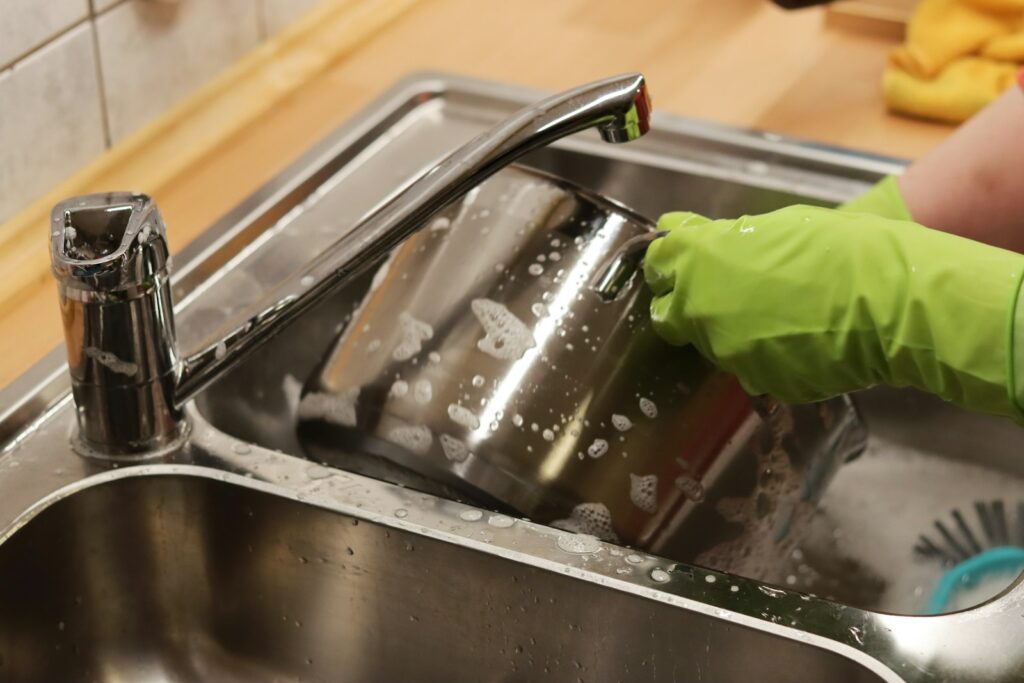
The foundation of any effective cleaning schedule is a set of quick daily habits that prevent mess accumulation. Spending just 10-15 minutes each day on maintenance tasks dramatically reduces the need for intensive cleaning sessions later. Make beds immediately after waking to instantly improve the appearance of bedrooms and set a productive tone for the day. Wash dishes after each meal (or at minimum, rinse and stack them neatly) to prevent food from hardening and attracting pests.
Implement a “one-touch rule” for mail and papers, immediately filing, acting on, or discarding items rather than creating piles. Finally, end each day with a quick 5-minute reset of main living areas – returning items to their homes, fluffing pillows, and clearing surfaces – to prevent clutter from compounding overnight.
Monday: Kitchen Focus Day

Mondays provide the perfect opportunity to reset your kitchen after weekend cooking and gatherings. Begin by clearing and wiping down all countertops, removing appliances to clean underneath them before replacing. Deep clean your microwave by heating a bowl of water with lemon for 3 minutes, then wiping away loosened food particles with ease. Empty the refrigerator of any weekend leftovers that won’t be consumed, wiping up any spills and checking expiration dates as you go.
Finish by sweeping and mopping the kitchen floor, paying special attention to corners and under the edges of cabinets where crumbs tend to accumulate. This focused kitchen attention sets a clean foundation for the week ahead and eliminates one of the most bacteria-prone areas of your home.
Tuesday: Bathroom Blitz
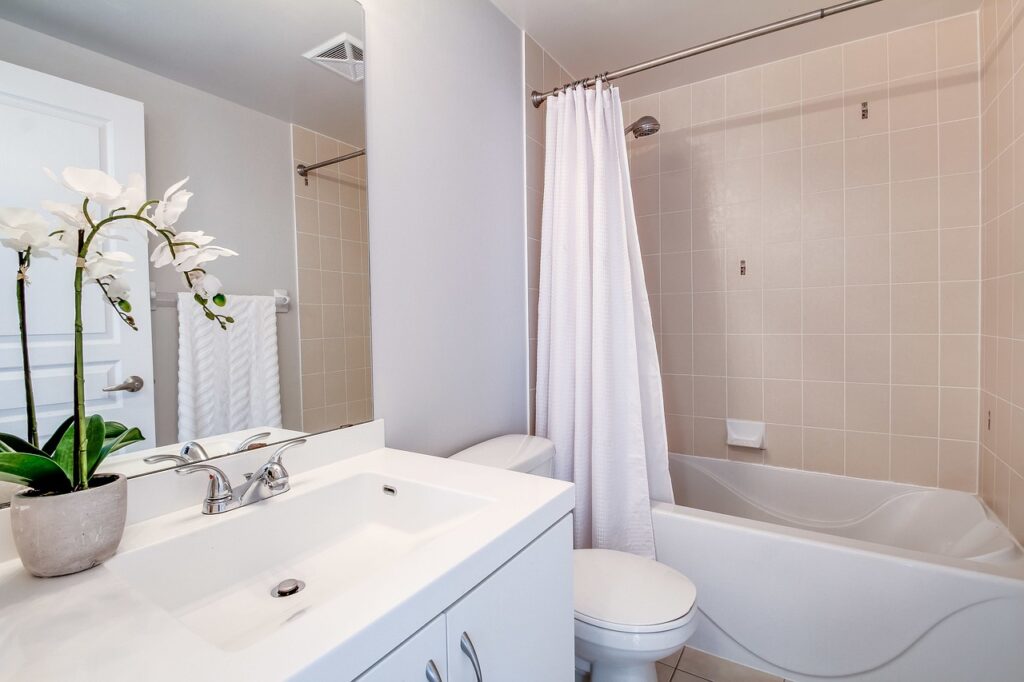
Dedicate Tuesdays to refreshing your bathrooms, which harbor bacteria and can quickly become unsanitary without regular attention. Start by spraying shower walls and tubs with a bathroom cleaner, allowing it to sit while you clean mirrors and wipe down countertops, faucets, and cabinet fronts. Return to scrub showers and tubs, paying special attention to grout lines and drain areas where soap scum accumulates. Clean toilets thoroughly, including often-forgotten areas like the base and behind the seat.
Finally, sweep and mop bathroom floors, emptying trash cans and replacing towels with fresh ones. For homes with multiple bathrooms, either rotate deep cleaning between them weekly or clean all bathrooms more quickly by focusing on the most essential surfaces.
Wednesday: Dusting and Surface Cleaning
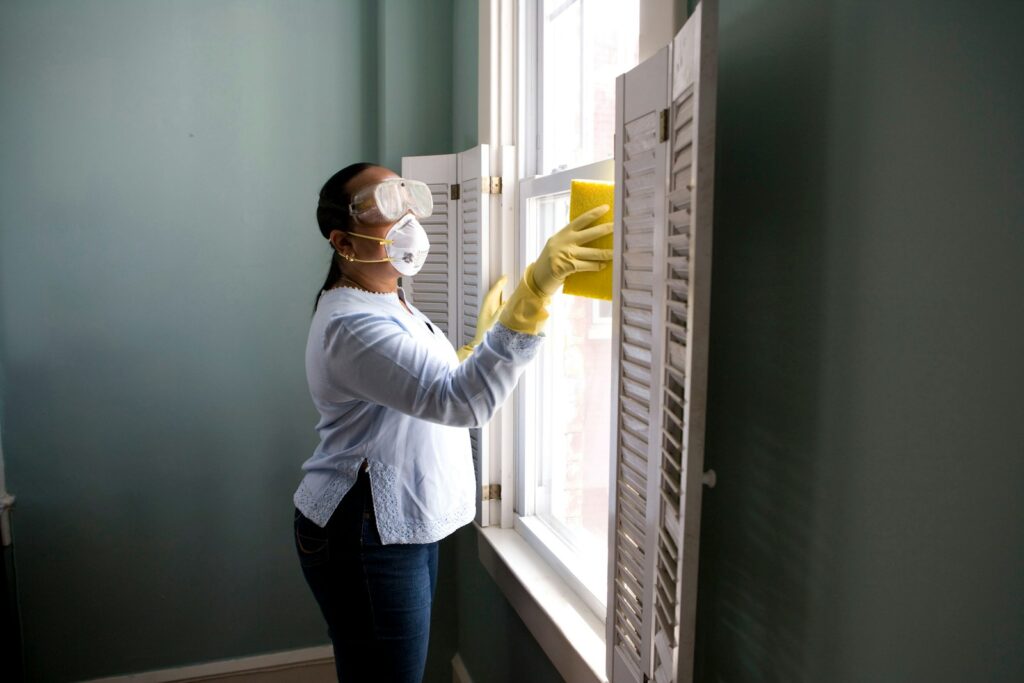
Wednesday marks the halfway point of the workweek, making it ideal for tackling the visible dust that affects both the appearance of your home and potentially your respiratory health. Begin at the highest points in each room – ceiling fans, tall bookshelves, and cabinet tops – allowing dislodged dust to settle downward as you work. Use a microfiber cloth or electrostatic duster on furniture surfaces, electronics, picture frames, and decorative objects, paying special attention to often-neglected items like lampshades and houseplants.
Wipe down frequently-touched surfaces such as light switches, doorknobs, and remote controls, which harbor both dust and germs. Complete this task by using a multi-surface cleaner on coffee tables, end tables, and other horizontal surfaces where dust is most visible to guests.
Thursday: Vacuuming and Floor Care
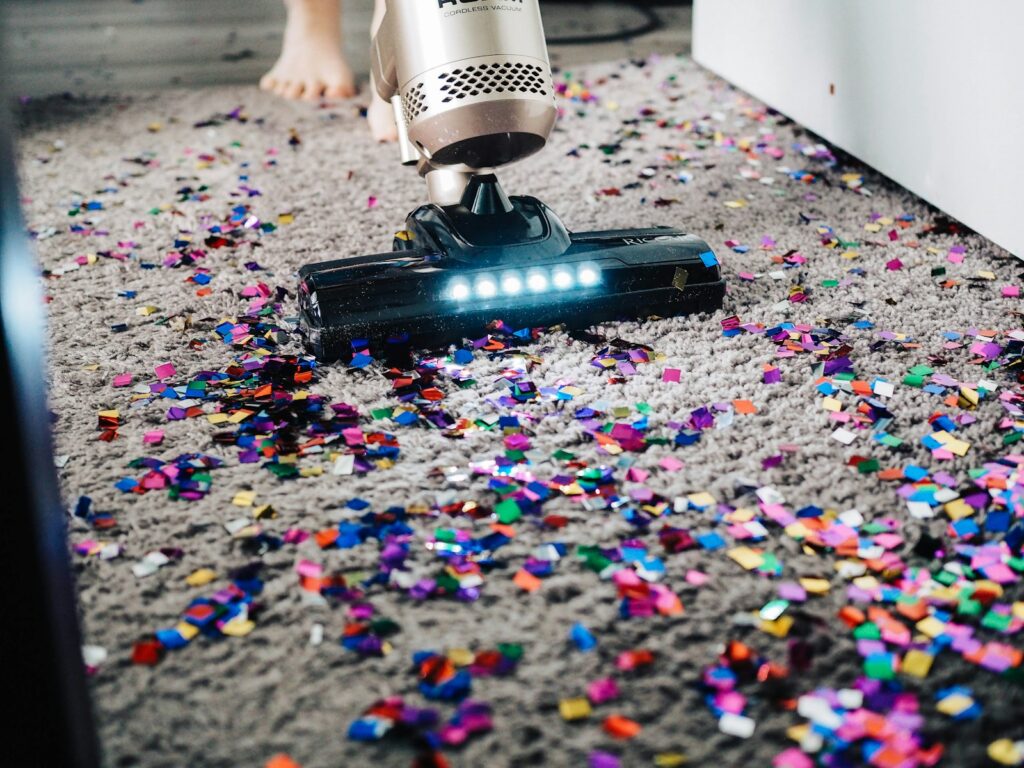
Thursday’s cleaning focus addresses floors, which collect the week’s accumulated dirt, hair, and debris. Begin by moving lightweight furniture and clearing floor clutter to ensure comprehensive coverage rather than just visible areas. Vacuum carpeted areas using overlapping strokes, paying extra attention to high-traffic paths and areas around doorways where outside dirt first enters. For hard floors, start with a thorough sweep or vacuum to remove loose particles before mopping with an appropriate cleaner for your specific flooring type.
Don’t forget often-neglected floor areas like under beds, behind toilets, and inside closets, which may need attention at least monthly if not weekly. Finish by addressing any specific floor challenges like pet hair removal or spot-cleaning recent spills that regular cleaning might miss.
Friday: Laundry and Linens
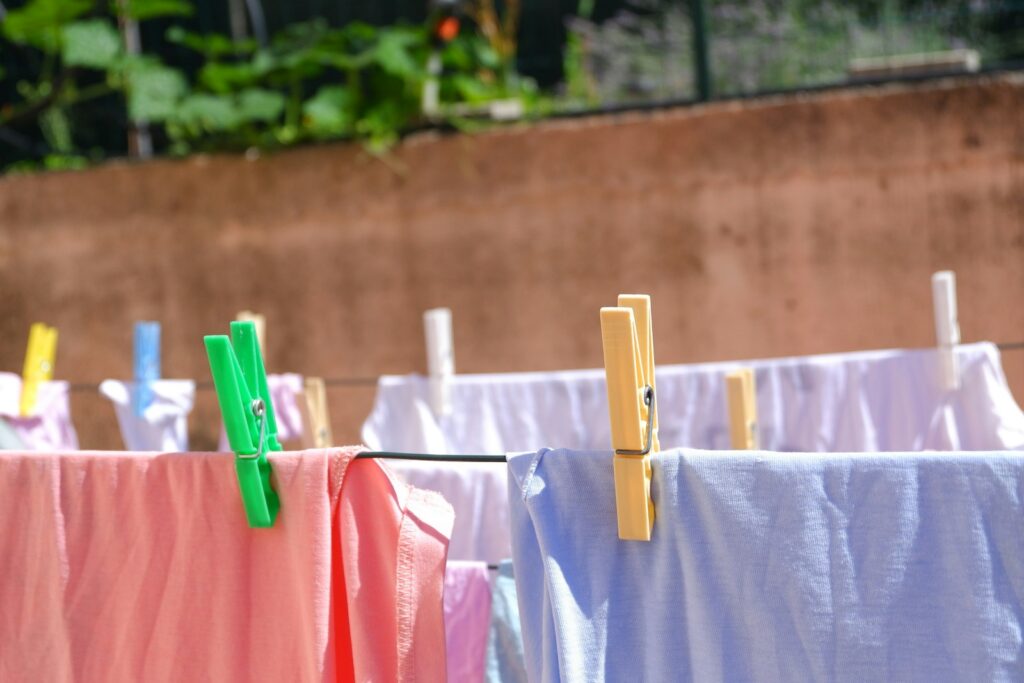
Fridays provide the perfect opportunity to refresh linens before the weekend, ensuring you enjoy clean bedding and towels during your days off. Strip beds and start washing sheets and pillowcases, using this opportunity to rotate mattresses quarterly for even wear. Launder bath towels, kitchen towels, and washcloths that have accumulated during the week, sorting by color and fabric type for optimal cleaning results.
Take this weekly opportunity to address any clothing items that require special attention – handwashing delicates, treating stains before they set permanently, or ironing items for the coming week. Finish by replacing all clean linens, remaking beds with fresh sheets, and restocking bathroom towels, creating that “clean hotel” feeling throughout your home just in time for weekend relaxation.
Saturday: Rotating Deep-Clean Projects
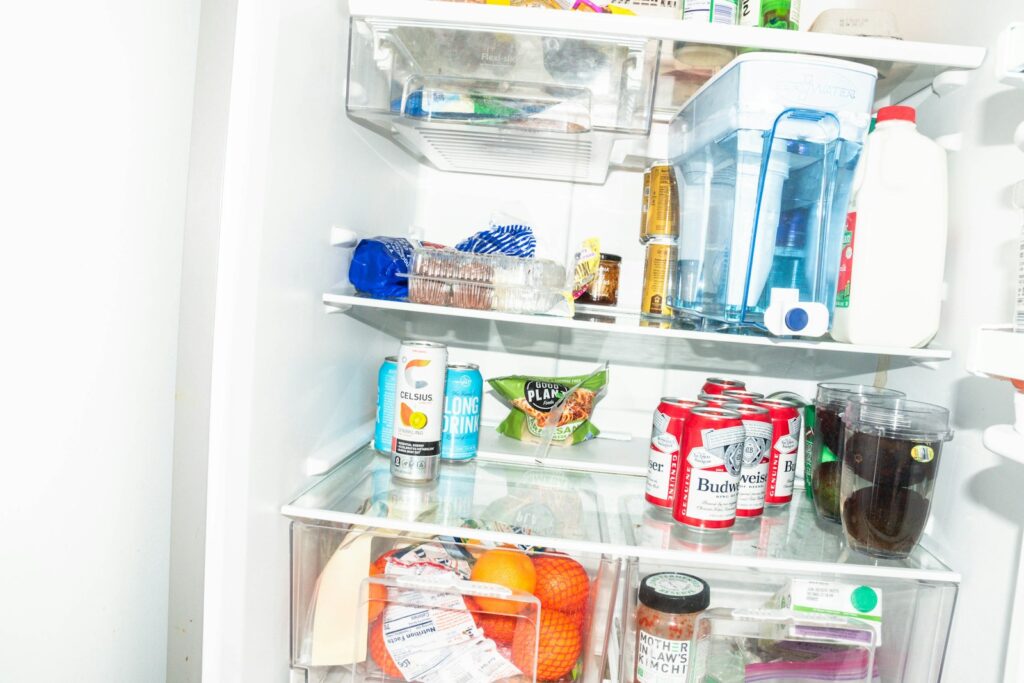
Reserve Saturdays for tackling one deeper cleaning project each week, rotating through areas that don’t require weekly attention but need regular maintenance to prevent deterioration. Create a monthly rotation that might include cleaning inside the refrigerator, wiping down cabinet fronts and interiors, washing windows and blinds, or vacuuming furniture including under cushions.
Other candidates for this rotation include descaling coffee makers and cleaning inside ovens, deep-cleaning grout lines, washing shower curtains and bath mats, or cleaning behind and under large appliances. By addressing just one of these deeper tasks each week, you prevent the overwhelming feeling of needing to handle everything at once while still maintaining all areas of your home over time.
Sunday: Preparation and Planning Day

Use Sundays as a light reset day focused on preparing for the week ahead rather than intensive cleaning. Take 15 minutes to walk through your home collecting items that have migrated from their proper places, returning them to their designated homes in a quick tidying session. Empty all trash cans throughout the house and take garbage and recycling to outdoor bins before the new week begins.
Spend a few minutes meal planning and organizing your refrigerator to accommodate upcoming grocery shopping and food preparation. Finally, review your calendar for the coming week to adjust your cleaning schedule if necessary – perhaps front-loading tasks before a busy workday or planning around special events that might disrupt your routine.
Customizing the Schedule to Your Life

The most sustainable cleaning schedule is one tailored to your specific circumstances rather than followed rigidly from someone else’s template. Consider your natural energy patterns when assigning tasks – if you’re a morning person, schedule quick cleaning sessions before work; night owls might prefer evening reset routines. Adjust for household composition by distributing age-appropriate tasks among family members or concentrating efforts on days when you have support from partners or children.
Account for work schedules by assigning lighter tasks to your busiest workdays and saving more intensive cleaning for days off or lighter workloads. Remember that seasons and life changes may require periodic reassessment – summer might mean more outdoor activities generating different messes, while winter could bring more indoor living and different cleaning challenges.
The Power of Cleaning Tools and Products
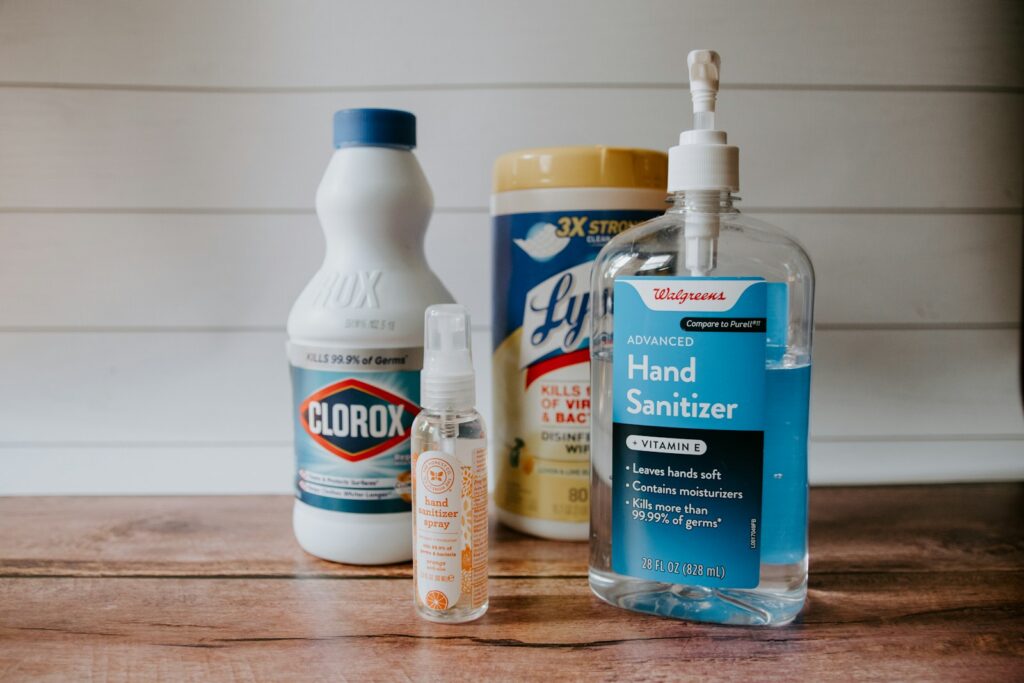
Investing in the right cleaning supplies significantly reduces the time and effort required for maintaining your home. Stock cleaning caddies for different areas of your home – bathroom, kitchen, and general cleaning – with appropriate supplies so you’re not constantly searching for tools. Choose multi-purpose products that effectively clean multiple surfaces to minimize both storage space and expense, keeping cleaning routines simpler.
Consider time-saving tools like extendable dusters for high surfaces, steam mops for efficient floor sanitizing, or robot vacuums that can maintain floors between deeper cleaning sessions. Store cleaning supplies near where you’ll use them – bathroom cleaners in bathroom cabinets, kitchen supplies under the sink – to eliminate the friction of gathering supplies before beginning tasks.
Managing Expectations and Overcoming Perfectionism

Perhaps the most important aspect of maintaining a doable cleaning schedule is adopting a mindset that supports consistency over perfection. Acknowledge that a perfectly clean home at all times is an unrealistic standard that creates unnecessary stress and disappointment. Define your personal “good enough” standards for different situations – everyday maintenance might look different from pre-guest cleaning or seasonal deep cleaning.
Implement the “better than before” principle, focusing on improvement rather than perfection with each cleaning session. Remember that consistency over time yields better results than occasional intensive cleaning followed by neglect, and forgive yourself for days when the schedule doesn’t go as planned – simply reset and continue the following day without abandoning the entire system.
Harnessing Technology and Systems
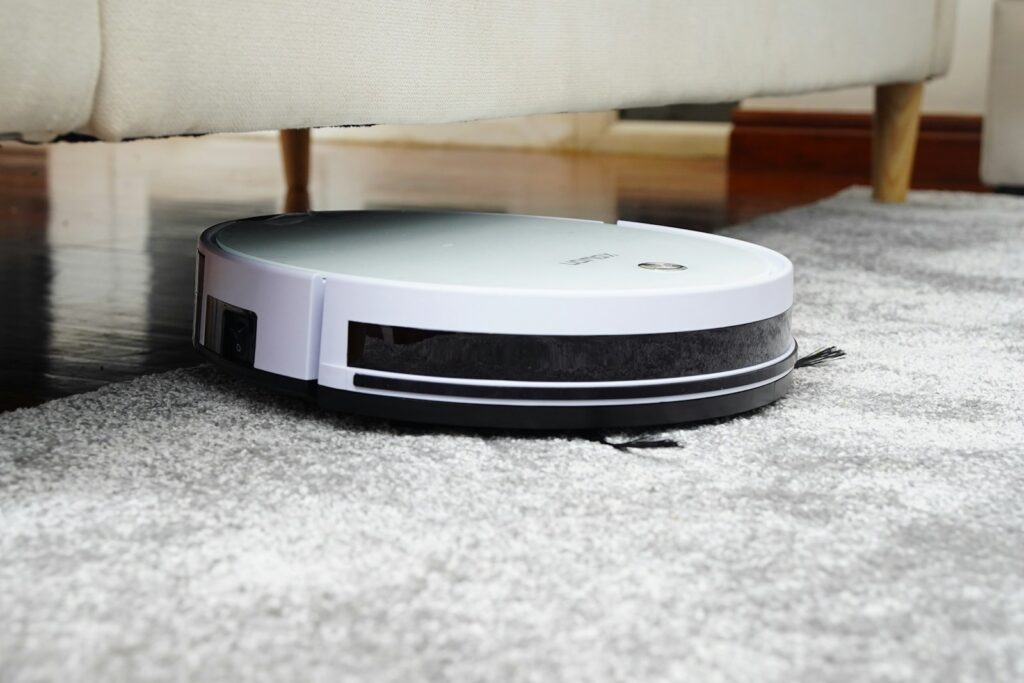
Modern technology offers numerous tools to streamline home maintenance and reinforce your cleaning schedule. Use smartphone reminders or digital calendar alerts to prompt daily and weekly cleaning tasks until they become habitual. Consider cleaning apps designed specifically for household management that can track cleaning rotations, send reminders, and even divide tasks among household members.
Create simple systems like the “one in, one out” rule for possessions or the “don’t put it down, put it away” principle to minimize clutter accumulation between cleaning sessions. Implement strategic storage solutions throughout your home that make it easier to maintain order, remembering that well-organized spaces require less frequent deep cleaning and are easier to reset quickly.
Maintaining Motivation for the Long Term
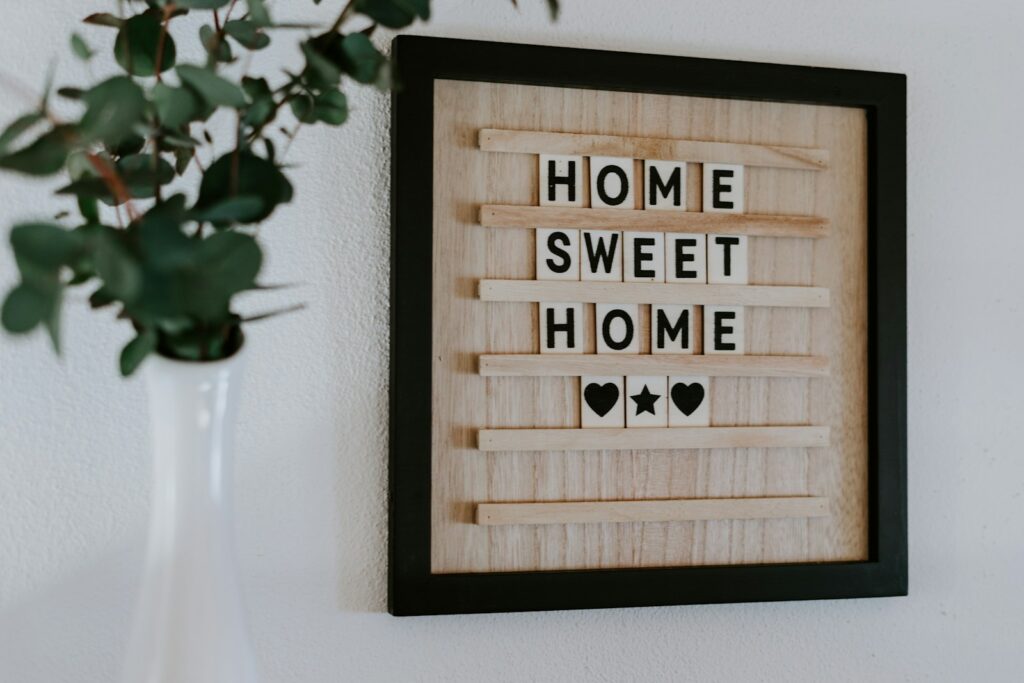
Even the most perfectly designed cleaning schedule will fail without strategies to maintain motivation over time. Build small rewards into your system, perhaps enjoying a favorite podcast only while cleaning or treating yourself to something special after completing a particularly challenging task. Take periodic “before and after” photos of spaces to visually remind yourself of the impact your consistent efforts make, especially in areas that quickly return to disorder without maintenance.
Consider occasionally timing your routine tasks to help calibrate your schedule and remind yourself that many cleaning jobs take far less time than we imagine. Finally, remember the genuine benefits of a clean home – reduced stress, improved health, greater productivity, and pride in your living space – focusing on these positive outcomes rather than viewing cleaning as merely obligatory drudgery.
Conclusion: Achieve a Clean Home

A realistic cleaning schedule transforms home maintenance from an overwhelming burden to a manageable part of everyday life. By distributing tasks throughout the week, establishing daily habits that prevent buildup, and maintaining flexibility to accommodate real life, you create a system that actually works. Remember that the goal isn’t a perpetually perfect home, but rather a consistently pleasant living environment that supports your wellbeing without dominating your time and energy.
Start by implementing just one or two elements of this schedule, gradually building habits until the entire system feels natural. With patience and consistency, you’ll discover that a clean home is not an impossible standard but an achievable reality that enhances your daily life.

